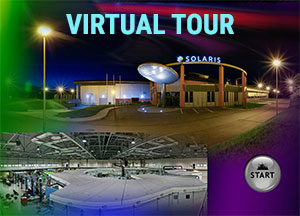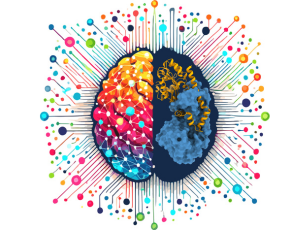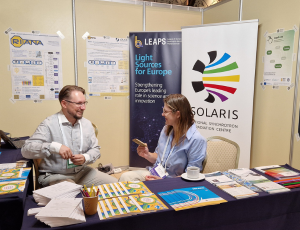 Web Content Display
Web Content Display
SOLARIS centre
 Web Content Display
Web Content Display
Article in the Nature journal co-authored by Dr. Tomasz Kołodziej from SOLARIS
An international team of scientists led by Yuri Shvyd'ko from the Argonne National Laboratory (USA) with the participation of Dr. Tomasz Kołodziej in the Nature journal has published the results of their research on the resonance excitation of the scandium-45 isomer along with a precise determination of the resonance energy. The results of their scientific experiment confirm that in order to develop ultra-precise research methods, it is necessary to conduct pioneering research using X-ray lasers.
Nature is one of the oldest and most prestigious scientific journals, the first issue of which was published on November 4, 1869. It has one of the highest impact factors (64.8) among all scientific journals published in the world. Publication in this multidisciplinary journal is an important achievement in the professional career of virtually every scientist, regardless of the subject of their research and country of origin.
Dr. Tomasz Kołodziej, SOLCRYS and POLYX beamlines scientist belongs to the research group which authored the publication. The article helped to strengthen international cooperation between centers from the United States and Europe, including the appearance of SOLARIS in this cooperation. From the point of view of knowledge transfer to the SOLARIS, new experience has been gained in the field of accelerator physics, sophisticated X-ray optics and methods of detecting characteristic radiation in the XRF method.
The cooperation will be continued - in further steps, aimed at precise determination of the spectral width of the transition, the research conducted by Tomasz Kołodziej during his postdoc internship at the Argonne National Laboratory under the supervision of Yuri Shvyd’ko, using specialized X-ray optical elements, will be continued.
Figure 1. An artist's illustration of a nuclear clock based on the resonant excitation of scandium-45 nuclei.
Image courtesy of European XFEL/Helmholtz Institute Jena, Tobias Wüstefeld/Ralf Röhlsberger.
Link to the publication: Y. Shvyd’ko, R. Röhlsberger, O. Kocharovskaya, J. Evers, G. Geloni, P. Liu, D. Shu, A. Miceli, B. Stone, W. Hippler,B. Marx-Glowna, I. Uschmann, R. Loetzsch, O. Leupold, H.C. Wille, I. Sergeev, M. Gerharz, X. Zhang, C. Grech, T. Kołodziej, Resonant X-ray excitation of the nuclear clock isomer Sc, Nature, 1(2023) doi: 10.1038/s41586-023-06491-w



